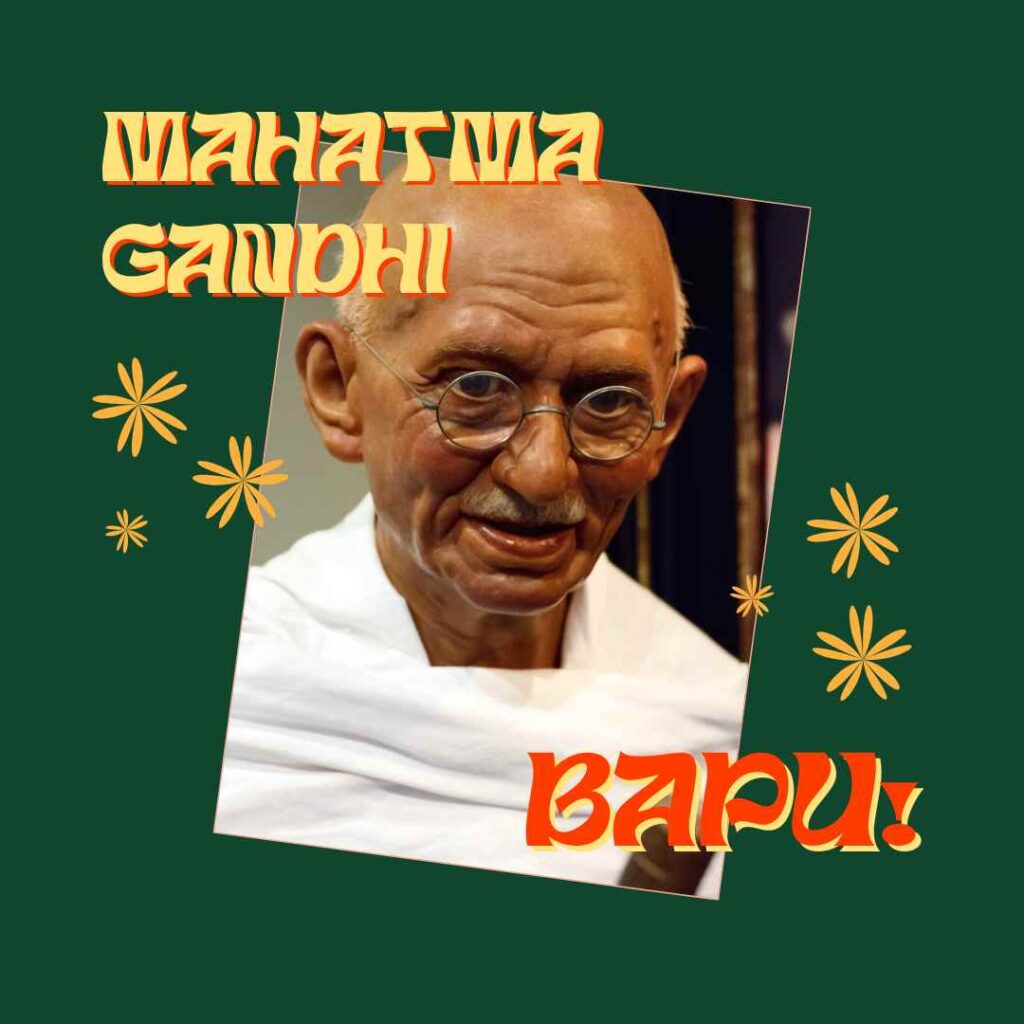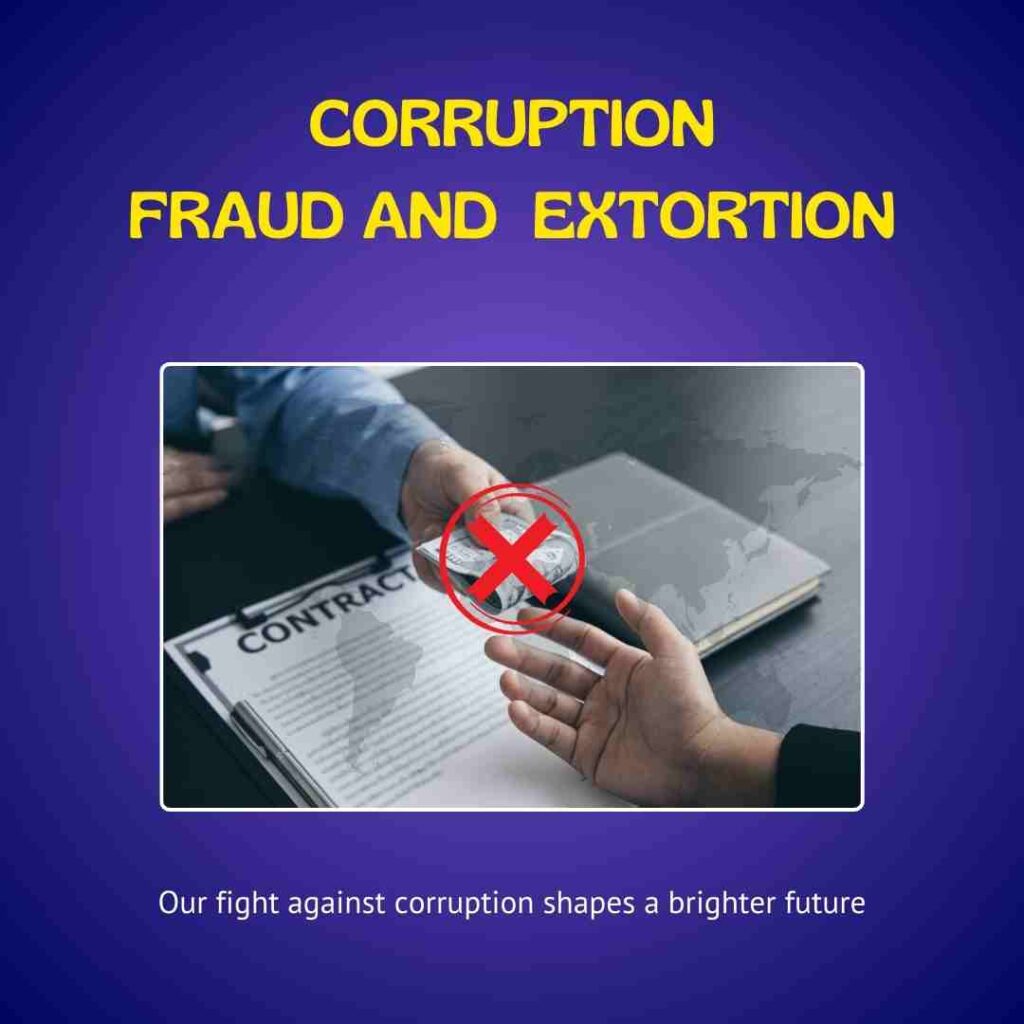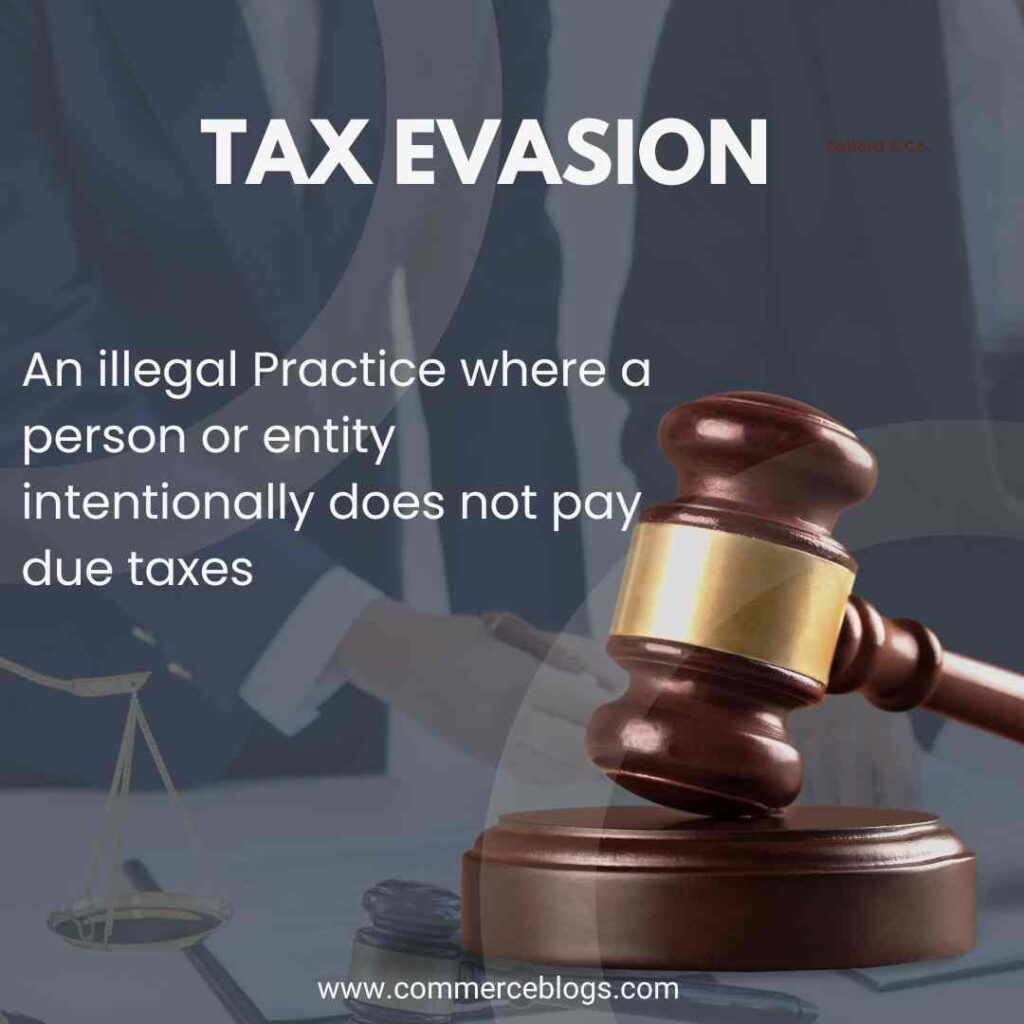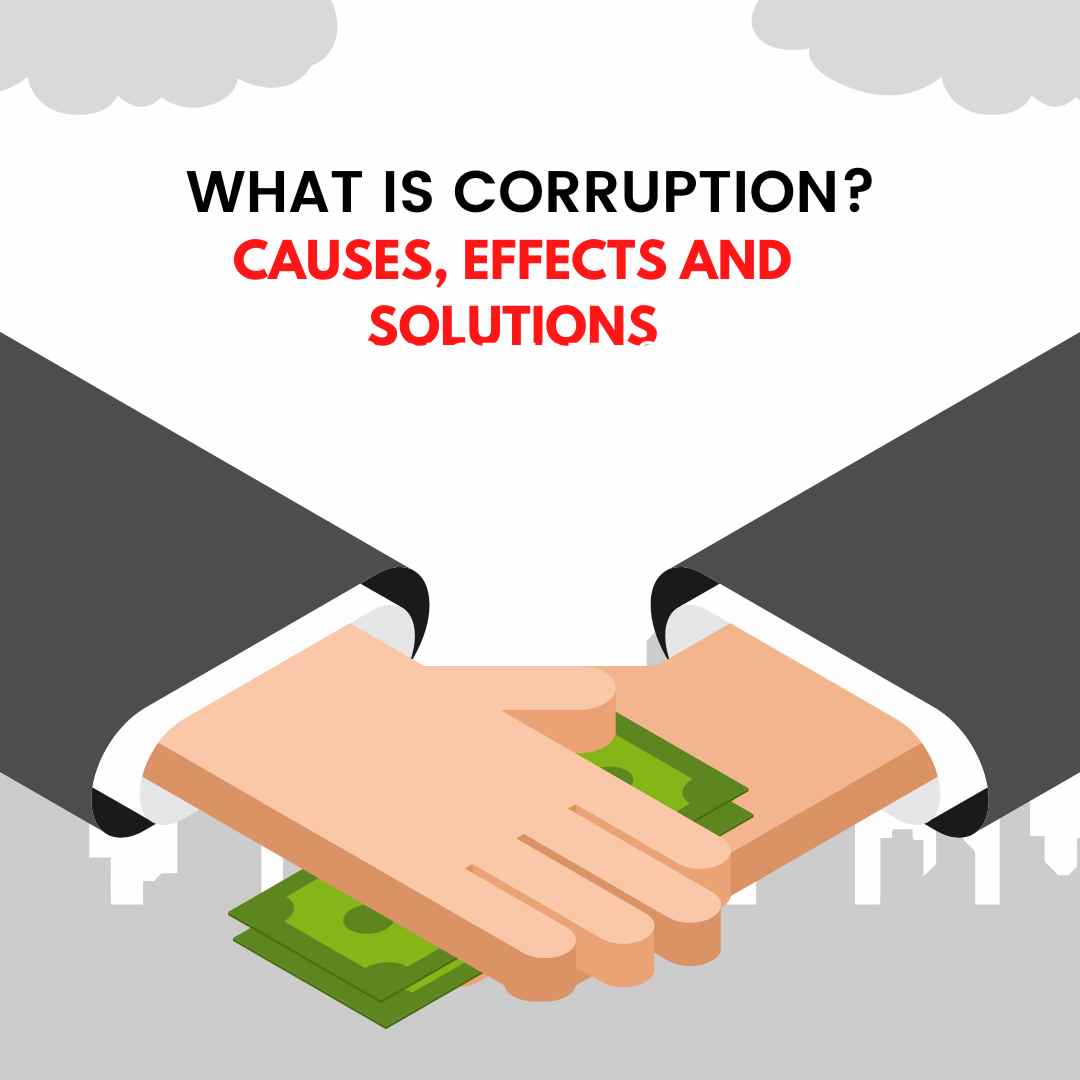Introduction to What is Corruption? Causes and Effects
What is Corruption? Causes and Effects. In this article we will go through the topic What is Corruption? Causes and Effects. Corruption is the act of using one’s power or influence for personal gain in ways that are dishonest or unethical. It often involves actions like bribery, fraud, or Favouritism, where individuals prioritize their own interests over fairness, laws, or public welfare.
This kind of behaviour can occur in both government and business settings, and it undermines trust, hinders economic growth, and creates social inequality by diverting resources that should benefit the public. Corruption can have a significant negative impact on society, weakening institutions and limiting opportunities for many people.
Corruption, Causes and Effects
Definitions of Corruption
Mahatma Gandhi

What is Corruption? Causes and Effects
“Corruption is the enemy of development, the enemy of the people, and the enemy of the nation. It poisons the soul of a country.”
Gandhi emphasized that corruption not only hampers national growth but also damages the moral and ethical fabric of a society.
Winston Churchill
“The power of a good example is far more powerful than Corruption, which has the capacity to destroy the fabric of democracy.”
Churchill highlighted the destructive influence of corruption on democratic institutions and stressed the importance of leading by example to counter it.
Corruption can take many forms, and it can occur in various sectors of society, from government institutions to businesses.
Corruption, Causes and Effects
Common Types of Corruption
1. Bribery
Bribery is one of the most common and direct forms of corruption. It involves offering, giving, receiving, or soliciting something of value (like money, gifts, or favours) to influence the actions of someone in a position of power. Bribery can take place in both the public and private sectors, such as when officials accept bribes to award contracts or when law enforcement officers overlook criminal activities.
Example: A company offers a bribe to a government official to secure a lucrative contract without going through proper bidding processes.
2. Embezzlement
Embezzlement occurs when someone in a position of trust, like a government official or company employee, illegally takes money or assets that they are managing on behalf of others. Unlike theft, embezzlement involves misappropriating funds that have been entrusted to a person or organization
Example: A bank employee siphons off money from customer accounts for personal use.
3. Nepotism and Favouritism
Nepotism refers to the practice of favouring family members or close friends in professional settings, especially in hiring or promotion decisions. Favouritism is similar but broader; it involves giving preferential treatment to individuals based on personal relationships rather than merit.
Example: A government official hires their unqualified relative for a key position instead of considering other qualified candidates.

4. Fraud
Fraud is the act of deliberately deceiving others for personal or financial gain. This can involve creating fake documents, inflating invoices, or misrepresenting facts to secure resources, money, or benefits under false pretenses.
Example: A contractor submits fake invoices for work that was never completed, to illegally acquire money from a project budget.
5. Extortion
Extortion involves coercing someone into giving up money, property, or services through threats of harm or negative consequences. Unlike bribery, where both parties willingly agree, extortion relies on intimidation and force.
Example: A corrupt police officer threatens to arrest a business owner unless they pay a bribe to avoid legal trouble.
What is Corruption? Causes and Effects
6. Kickbacks
A kickback is a type of bribery where a person in a position of power receives a portion of the profits from a contract, deal, or transaction that they helped facilitate. This typically occurs in business or government sectors.
Example: A government official approves a construction contract and receives a percentage of the contract value from the contractor in return.
7. Cronyism
Cronyism is the practice of giving unfair advantages to friends or associates, especially in business or political settings. It is similar to nepotism but extends to close personal friends or allies who are given opportunities or benefits based on their relationship rather than merit.
Example: A politician awards lucrative business contracts to friends, even if other companies would be more qualified to execute the job.
8. Money Laundering
Money laundering is the illegal process of making large amounts of illicit money appear legitimate. This often involves complex financial transactions or the use of various businesses to hide the true origin of the funds.
Example: Criminal organizations funnel illegal proceeds through a chain of shell companies to disguise the source of the money.
9. Conflict of Interest
A conflict of interest occurs when a person in a position of authority has competing interests, making it difficult for them to make impartial decisions. This can lead to biased or unethical choices that benefit the person in power rather than the organization or the public.
Example: A government official approves a regulation that directly benefits a company they own, creating a personal financial gain.
10. Tax Evasion

Tax evasion is the illegal act of intentionally avoiding paying taxes owed to the government by underreporting income, inflating expenses, or hiding money in offshore accounts. It deprives governments of resources that could be used for public services and infrastructure.
Example: A business owner underreports their profits to avoid paying taxes on the full amount.
11. State Capture
State capture occurs when private individuals or organizations exert significant influence over public institutions and policies for their own benefit. This can involve large-scale manipulation of laws and regulations to favour particular businesses, often undermining the functioning of democracy.
Example: A powerful corporation influences government policy to ensure they receive favourable treatment in tax laws and regulations.
Corruption, Causes and Effects
Some Sectors where corruption is commonly observed, and it significantly impacts the development of society and the nation
1. Government Sector (Sarkari Corruption)
Corruption within the government sector involves public officials misusing their power for personal gain. This can include bribery, embezzlement, Favouritism, or fraud. The primary result is a lack of trust in public institutions and the diversion of public resources meant for the people.
Corruption, Causes and Effects
Examples: Bribery for government contracts, illegal transfers of public land, or the acceptance of kickbacks by officials in exchange for permits or licenses.
2. Political Sector (Rajniti Corruption)
Political corruption is the abuse of power by politicians or political leaders for personal or party gain. It often includes activities like vote-buying, illegal campaign financing, embezzlement of public funds, and manipulation of policies to benefit certain political groups or individuals.
Examples: Election rigging, political donations in exchange for favourable policies, or manipulating laws to benefit political supporters.
3. Religious Sector (Dharma Corruption)
Corruption can also occur within religious institutions, where leaders or organizations exploit the faith of followers for personal gain. This can include financial fraud, mismanagement of donations, or using religious authority to manipulate followers.
Examples: Religious leaders embezzling donations, selling religious blessings or services, or using their influence for personal or political advantage.
4. Philosophical and Academic Sector (Darshan and Education Corruption)
In the realm of philosophy, education, and academia, corruption can involve dishonesty in research, plagiarism, manipulation of academic results, or the misuse of educational funds. It also occurs when institutions or individuals exploit their academic or philosophical position for financial or personal benefit.
Examples: Professors accepting bribes for grades, students cheating or bribing officials for exam results, or the manipulation of research findings for personal or corporate gain.
5. Business and Industrial Sector (Udhyog Corruption)
In the business and industrial world, corruption can take many forms, from bribery for contracts or permits to the manipulation of markets and unfair trade practices. Corporate corruption can also involve tax evasion, environmental violations, and exploitation of labor.
Examples: Corporations bribing officials to bypass regulations, collusion between companies to fix prices, or the illegal disposal of hazardous waste to save money.
6. Judiciary and Law Enforcement (Nyayik and Kanooni Corruption)
The legal and law enforcement sectors are also prone to corruption, undermining justice and the rule of law. Corruption in these areas includes bribery to influence judicial decisions, police misconduct, or the manipulation of legal processes to favour the wealthy or powerful.
Examples: Bribing judges to get favourable rulings, police officers accepting bribes to ignore criminal activities, or lawyers manipulating the legal system for personal benefit.
7. Healthcare Sector (Swasthya Corruption)
Corruption in the healthcare sector often leads to inefficiencies, fraud, and inequality in the distribution of medical resources. It can involve the manipulation of medical supplies, bribery for medical services, or exploitation of patients by healthcare providers.
Examples: Doctors accepting bribes for preferential treatment, pharmaceutical companies bribing doctors to prescribe certain drugs, or the sale of fake or expired medicines.
8. Media Sector (Media Corruption)
Corruption in the media can involve the manipulation of information, biased reporting, or the use of media for political or financial gain. This often undermines the public’s ability to access unbiased and truthful information, affecting democracy and societal trust.
Examples: Journalists accepting bribes to cover up stories, media outlets spreading fake news for profit or political purposes, or advertisers influencing editorial content.
9. Sports Sector (Khel Corruption)
Corruption in sports often involves match-fixing, illegal betting, and the exploitation of athletes. This kind of corruption damages the integrity of sports and affects the fairness of competitions.
Examples: Players or coaches being bribed to fix a match, illegal betting syndicates influencing game outcomes, or officials accepting bribes to favor a team.
10. Environmental Sector (Paryavaran Corruption)
Corruption in the environmental sector occurs when regulations intended to protect the environment are ignored or manipulated for financial or personal gain. This often involves illegal activities that harm ecosystems, wildlife, and natural resources.
Examples: Illegal logging, bribery for bypassing environmental regulations, or corporate polluters paying off officials to avoid penalties.
11. International Organizations and Development Aid (Antarraashtreey Corruption)
Corruption can also occur in international organizations or in the distribution of development aid, where resources meant for alleviating poverty or promoting peace can be siphoned off by individuals or groups within these organizations.
Examples: Mismanagement of foreign aid funds, bribery to secure contracts in international development projects, or the diversion of humanitarian resources for personal gain.
Read Also : What is Climate change


One thought on “What is Corruption? Causes and Effects”